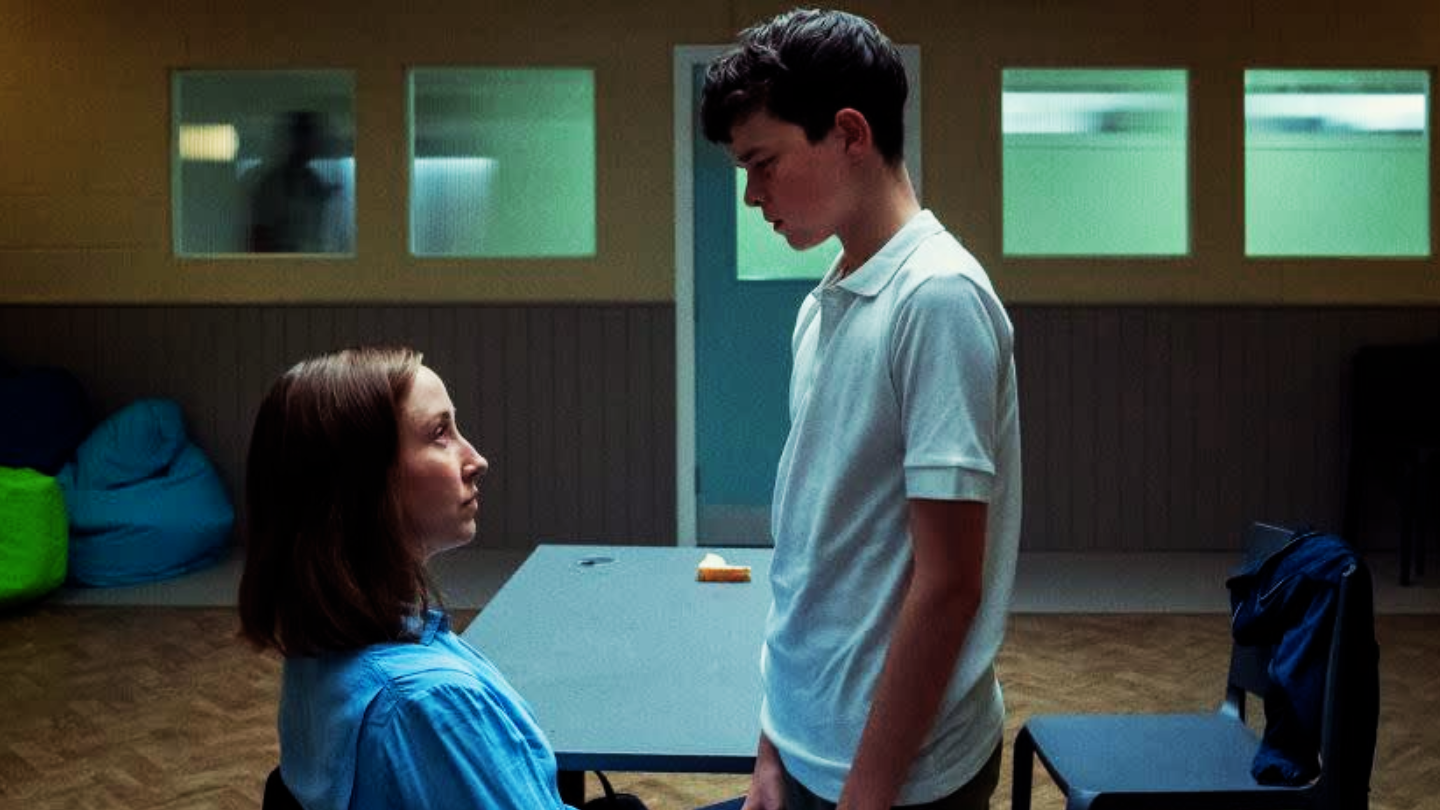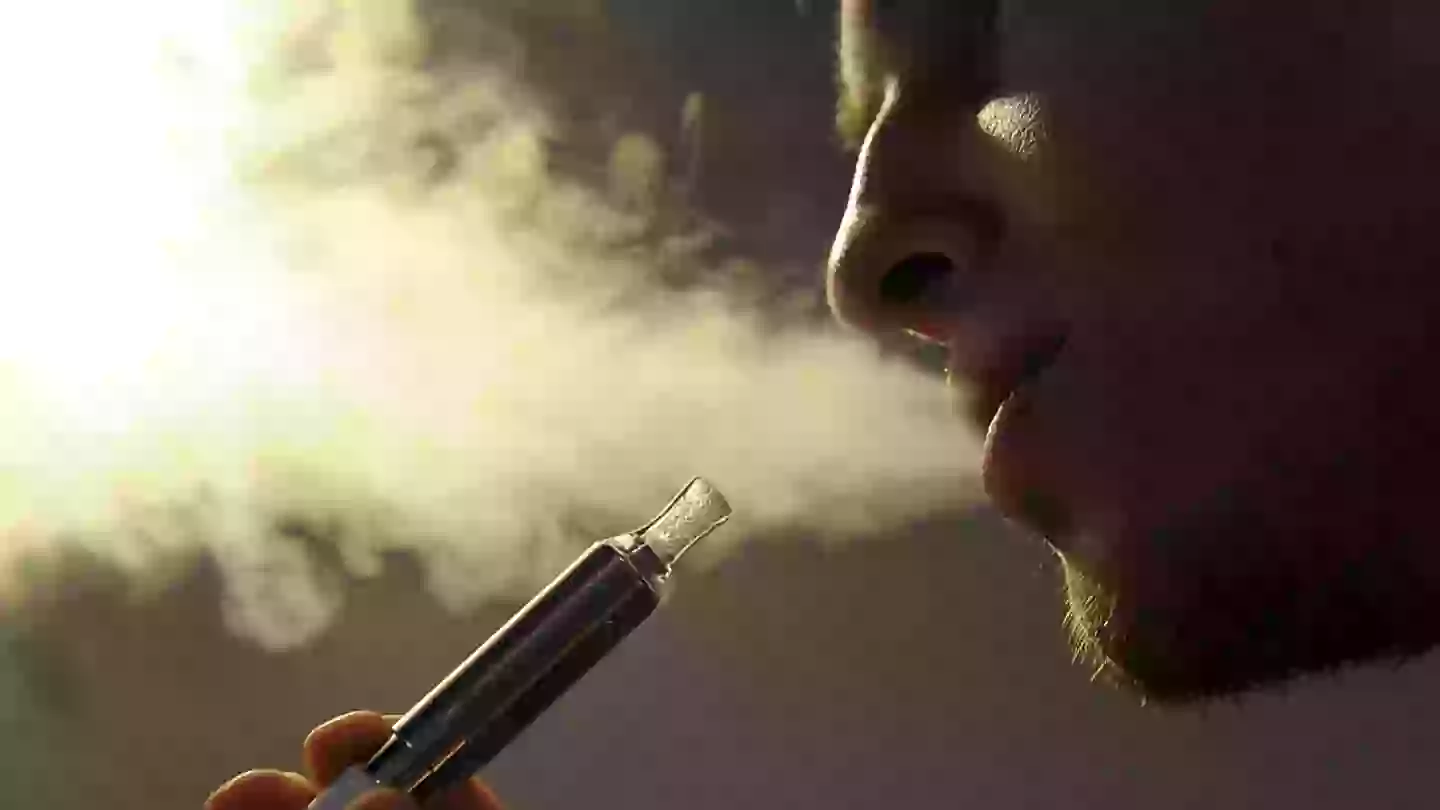
If you thought puberty was difficult, Netflix is here to remind you that it’s even more difficult for kids these days with a new limited series about a terrible crime.
In addition to being at the top of the streaming service’s show rankings with an estimated 24.3 million views in its first four days, the four episodes of the British miniseries “Adolescence,” which debuted on Netflix last Thursday, have sparked a renewed interest in its amazing but little-known cast.
If your adolescent kid was charged with murder, how would you respond? The new crime drama Adolescence is centered around a number of questions, including that one.
What is Adolescence about?
Adolescence, a four-part limited series starring Stephen Graham (Boiling Point, Bodies), is currently available for streaming. Each episode is shot in a single, unflinching, continuous shot. Following a terrible catastrophe, the key characters—from the focal family to the investigators looking into the crime—seek answers as the compelling drama plays out in real time. Who is in fact at fault? What caused it to occur? Was there a way to stop it?
Who is in the cast of Adolescence?
Owen Cooper, who has never acted before, plays Jamie Miller in “Adolescence,” a film about a 13-year-old who is jailed on suspicion of murder after one of his friends is discovered dead from a knife wound. Christine Tremarco and Stephen Graham, who also serves as executive producer, portray his parents.
Since one of its executive producers, Jack Thorne, authored “Harry Potter and the Cursed Child,” the play that is set in the same world as the well-known film series, it makes logical that what transpires is more like a stage play.
If other high-profile thrillers rely on unexpected turns and scenes that literally or symbolically go “boom,” “Adolescence” creates tension in the narrative’s white space.
Is Adolescence based on a true story?
Jamie spends a whole episode talking with a child psychologist who is supposed to explain why detectives and Jamie’s parents haven’t been able to answer certain questions. As a result, you wind up with a 52-minute television show that is like holding a 20-pound brick over your head for an hour—your muscles tremble, you perspire, and you’re completely worn out.
The launch of the show is similar to that of “Baby Reindeer,” which appeared out of nowhere last year and was equally British and difficult to watch. However, “Adolescence” takes a very different approach to storytelling in terms of content. “Adolescence” invites viewers to bear witness, while “Reindeer” was a picture of one man’s trauma.
The scene when Jamie is booked for his alleged crime is more like to a basketball game, with the ball being passed from player to player as a terrible event unfolds for everyone involved in banal yet terrifying detail. Jamie, who doesn’t even appear in the show’s heartbreaking finale that centers on his parents and relatives, is one of the few characters who never overstays their welcome.
Where was Adolescence filmed?
A large portion of Adolescence was shot in Pontefract, West Yorkshire, England, in the City of Wakefield.
In fact, Cooper’s casting as Jamie had an impact on the final location of Adolescence. Because it would have been unjust to force our Jamie to do an accent, Barantini explains, “We knew it was going to be set somewhere in the North of England and we also knew it would be from somewhere around wherever our Jamie was from — in this case near Warrington.”
Mark Herbert, the executive producer, recommended that the movie be filmed at a studio near Pontefract, which is typically utilized by the music industry as a band practice area. “We were able to build our police station and our interview room for Episode 3 there, and it was a huge, amazing space, one of the best I’ve worked in,” Barantini says. “It turned into the production’s nerve center.”
Conclusion
By the way, parents will probably find this difficult to witness. If some of us were born into a generation of parents who believe that “this will never happen to my child,” then “Adolescence” preys on the fears of people who live in fear that “this could happen to my child.”
The terrible thing about “Adolescence” is that it tells the tale of issues that are simple to ignore until they reach adulthood.







